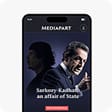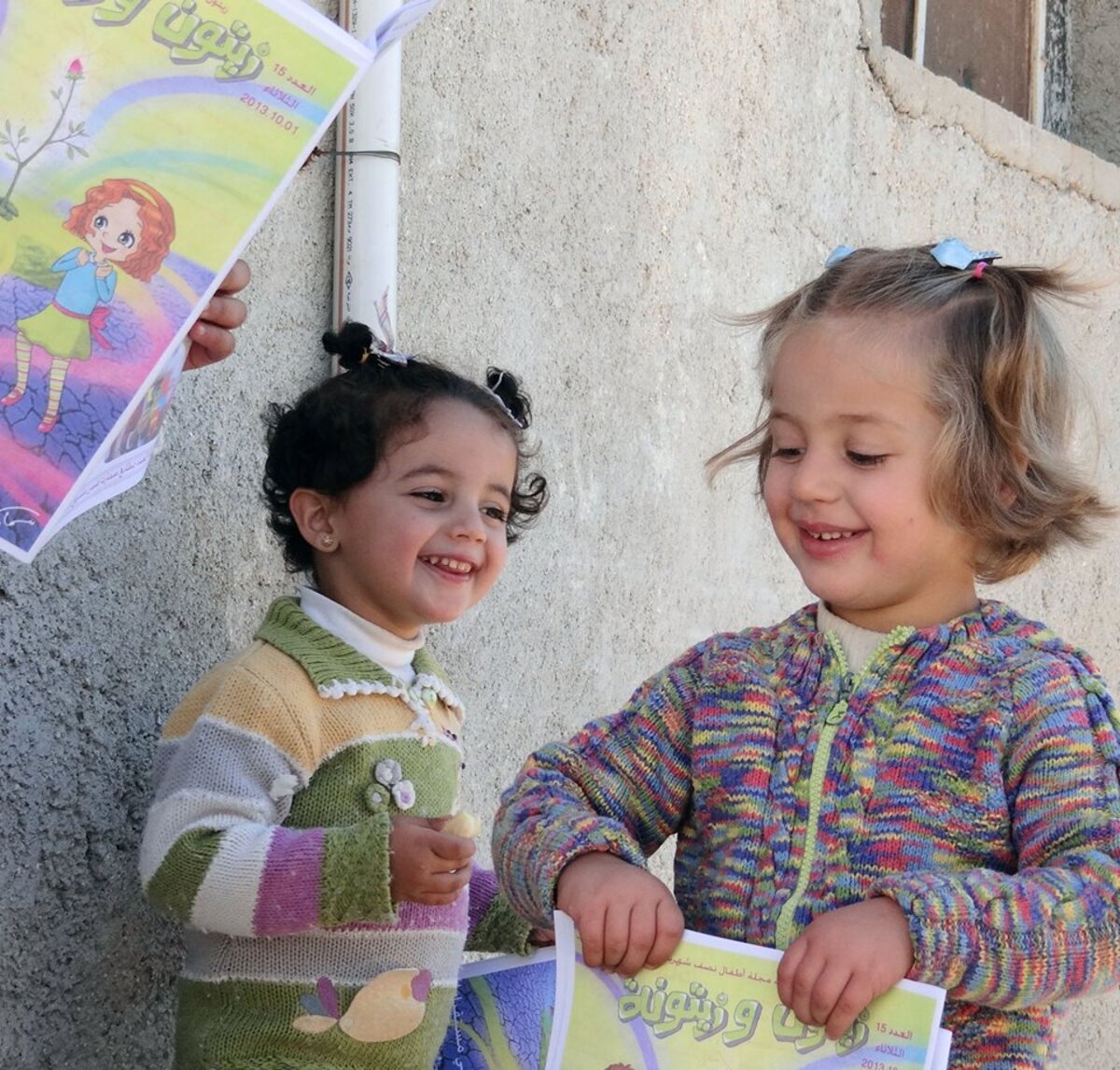
Agrandissement : Illustration 1

For our first article in Mediapart's English Club, we are happy to present "Zayton wa Zaytonah", a Syrian magazine for children that has found success through its unusual approach.
We support this publication (ASML, medialibre.fr), we print copies and distribute them inside Syria. This article is a translation by Laura Morris of an article by Armand Hurault, originally published in "Paroles Syriennes" on the 1st of November 2013.
A PEDAGOGICAL MISSION
In Saraqeb, a small village in the north of Syria, the local school closed its doors in the autumn of 2012. It has been over one year that the children of this city have had no formal education. As pre-war children’s magazines also stopped publication in 2011, the children of Saraqeb no longer have the occasion read or write. Bit by bit, they are losing what fragile knowledge they have. This situation is widespread across the country, leading to a good chance that the Syrian crisis has given birth to an illiterate generation. With a semi-permanent absence of electricity in Saraqeb, children can access neither television nor internet; they have almost no way to learn.
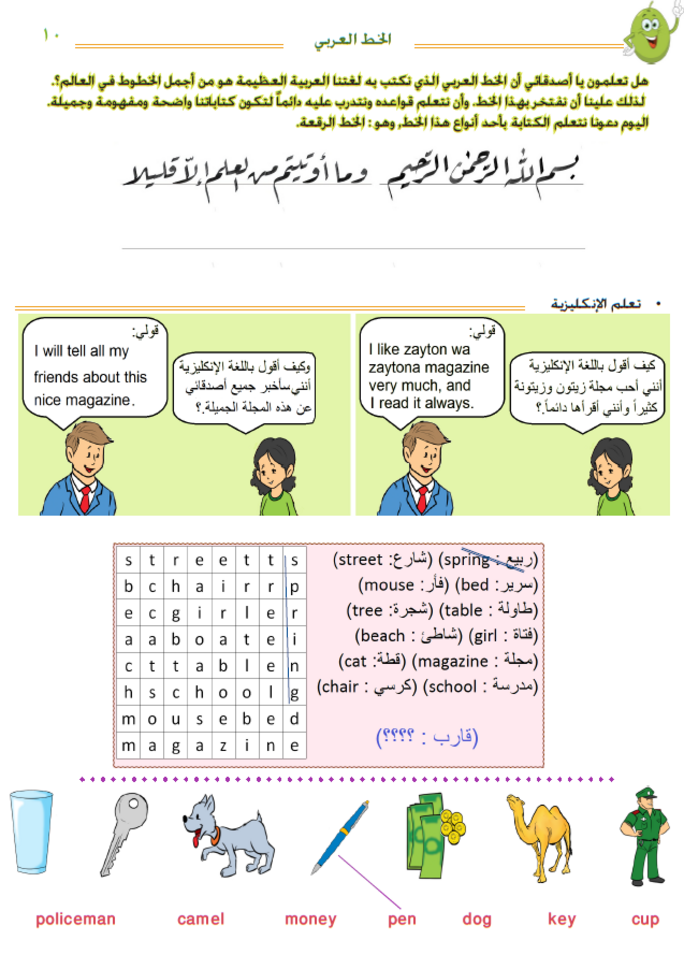
Agrandissement : Illustration 2

It was in this context that Somar, a former professor of physical sciences, decided to launch a magazine for children, "Zayton and Zaytonah”. The magazine endeavors to be both entertaining and educational. It alternates games, cartoons, and stories with sections on math, Syrian history, geography, art, literature, and English. The magazine also includes handwriting exercises.
A SUDDEN AND UNEXPECTED SUCCESS
Though today the magazine prints over one thousand copies of twenty pages each, it had modest beginnings. The first edition of “Zayton wa Zaytonah” appeared March 17, 2013, a bi-monthly publication of 4 pages, half entertainment and half formal school lessons. The magazine’s editor-in-chief Somar remembers: “success was much greater than we expected. The first edition was a small booklet of four pages, with 60 copies distributed locally. The reaction of the children and their parents was surprising and unexpected. The enthusiastic children began very quickly to send us letters, drawings, and photographs. They came every day to our little premises to ask when the next copy would be ready. These positive responses have pushed us to continue.”
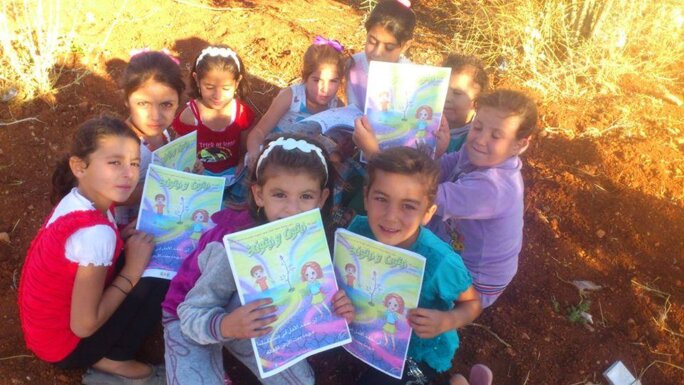
Agrandissement : Illustration 3

CATHARSIS
The editorial team had the idea to use this positive energy to integrate the children into the making of the magazine. They dedicated one page in each edition to publish letters. A second page, entitled “the friends of Zayton wa Zaytonah,” is for photographs submitted by the children, while a third is reserved for drawings.
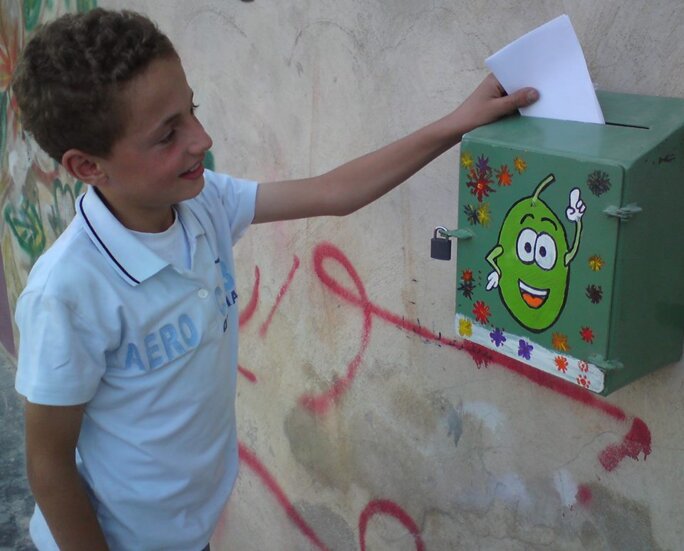
Agrandissement : Illustration 4

“Including content produced by the children themselves reinforces their feeling that the magazine belongs to them. In their letters and drawings, the children talk about and draw their daily life, and the important things that have happened to them recently. Often, these are often family difficulties and traumas. The children are submerged in their complicated emotions that they cannot keep inside.”
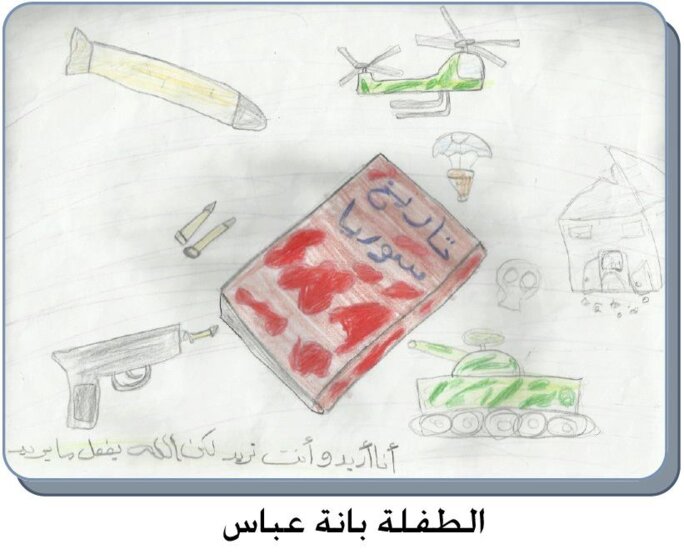
Agrandissement : Illustration 5

However, talking about the war was far from their initial objectives in publishing the magazine. “Its true that at the beginning we wanted to produce this magazine to give the children a way to get away from the violence, and a war they couldn’t understand. But, we came to the realization that the majority of contributions of children mentioned the war. So, we were able to fill a gap by giving them this platform. It has permitted them to exteriorize their emotions, and to share them with others of their own age, allowing them to understand that they are not alone in experiences.”
The editorial team tries to find equilibrium. “We publish some drawings of tanks and soldiers, but we also encourage them to draw more positive things.”
To find out more about the magazine, you can visit the « Zayton wa Zaytonah » Facebook page: https://www.facebook.com/ZaytonAndZaytonah
You can also download the most recent edition: http://www.mediafire.com/download/2sxpn66p8e7bp8d/zaytonandzaytonah17.pdf
Article written by Armand Hurault.
Translated by Laura Morris.
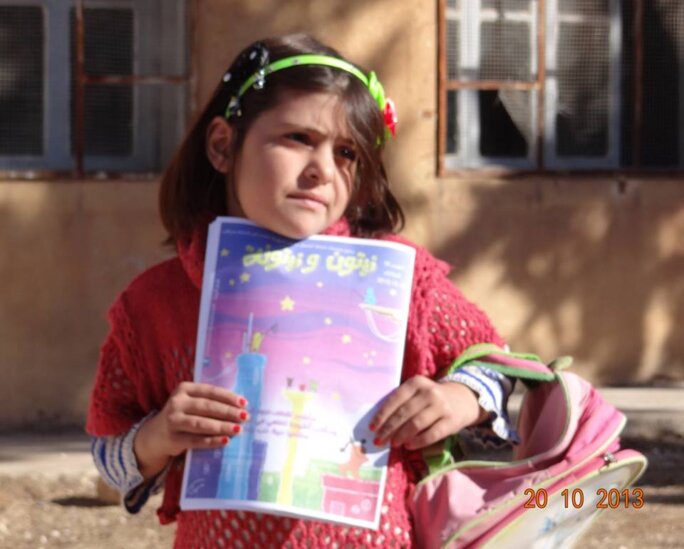
Agrandissement : Illustration 6


